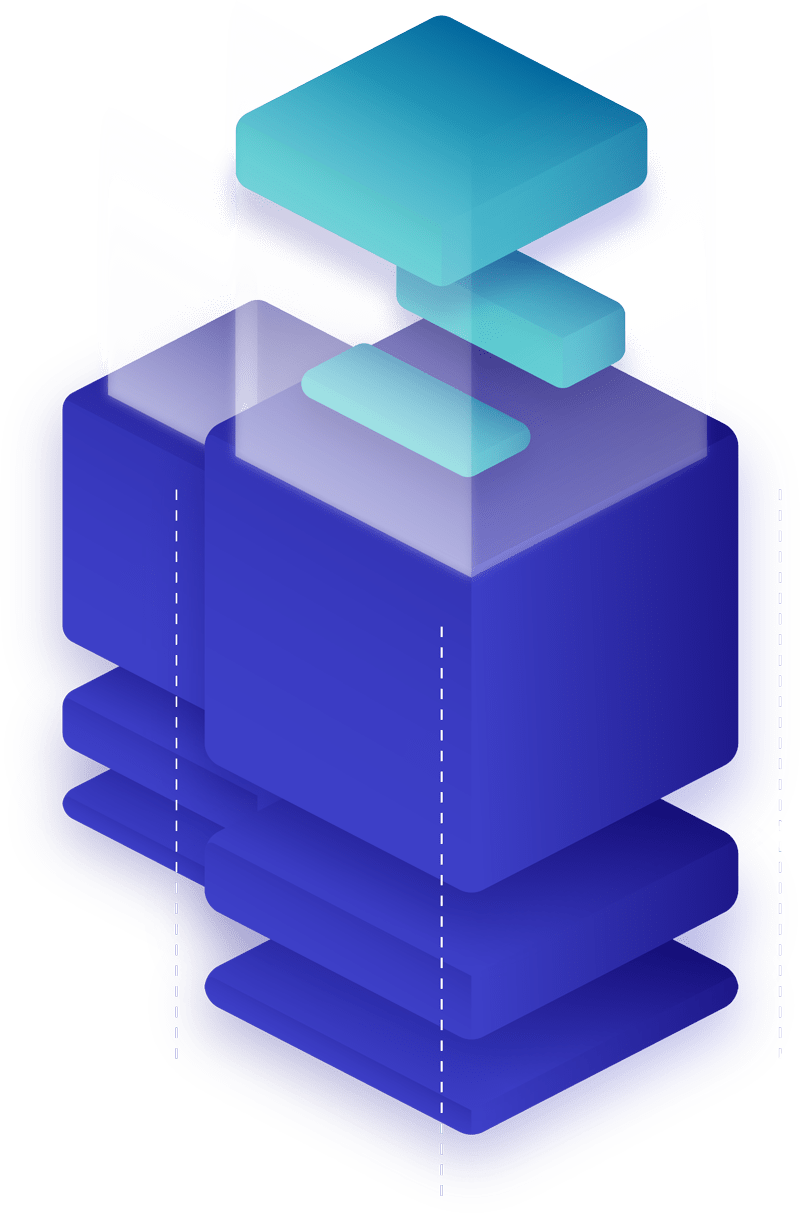Technique
Invention Arts makes use of its proven invention approaches that have in past efforts been used to produce real world, valuable results: large scale, rapid intellectual property development programs and their resulting portfolios, as well as immediate and near-term product and technology opportunities.
Here are some of those techniques. You can also See Results to view hundreds of patented inventions developed using them.

Virtual product development
Virtual Product Development, or VPD, is a deceptively straightforward technique. Pioneered by our founder at Yahoo! in 2005, this technique is nearly identical to the growing, contemporary discipline known as Design Fiction. But in addition to product innovation and vision, Virtual Product Development surfaces potentially valuable, patentable intellectual property.
How it Works
In VPD, a productization of some invention is articulated, and the invention team is given a virtual “green light” to develop that product and take it to market. This entails early stage product development: wireframes, business model development, features and requirements, and even marketing plans built around expected consumer personae.
As the Inventor team builds out this product (which, to be clear, there generally is no current decision to develop) functionality or market conditions that are not yet understood will be revealed.
Example, and Black Boxes
For example, in a commercialized media mashup product, a way of identifying rights attaching to re-mixable media may not be extant yet is required for the product to function. Here, the team drops a conceptual “black box” that as yet “magically” performs whatever is needed to continue the VPD.
Once a stopping point and reasonably complete product definition has been achieved, the team can return to these black boxes and find what is or needs to be inside of them. Frequently, these black boxes contain those most interesting and powerful inventions, because they represent a need for non-obvious, necessary solutions to difficult problems.
Extending VPD: Ecosystem Design
Taken further, a VPD may be extended into a full ecosystem development around the original product concept. What suppliers, marketing, or hardware partnerships are required to build out a full ecosystem? Will APIs be made available, and if so, what functionality and information do they expose? How is that monetized?
VPD + No Code Development
Virtual Product Development, including Design Fiction efforts that may make use of emerging No Code rapid design and development techniques, can be a most fruitful technique for accelerating development of both marketable products and foundational intellectual property.
Get in touch to learn more about our invention techniques and No Code development.
Generative Frameworks
A Generative Framework is a set of functionalities within an evolving market context, one that leads to a large number of useful and potentially valuable inventions.
Example
For example, location, identity, time, and topic metadata generated by a mobile phone, in the context of an emerging, ubiquitous high speed mobile data network is a generative framework. When your device knows where you are, and the device in the pocket of a driver also knows its location, a ride-hailing application with great efficiency and transparency can be created. Similarly, a device aware of time and location may direct you to special, limited offers in your vicinity.
Root and Fruit Development
A broadly applicable set of inventions may be considered the roots of a tree of applications and products. This technique seeks to identify the branches of such a tree, and the varieties of “fruit” it may bear.
Open Foundations and Proprietary Applications
This conceptual framing maps well to the division between open, foundational technologies (the root) that cannot and should not be subject to patenting efforts, and the applications across a range of categories that built atop these foundations (the fruit).
This is where a great deal of significant, even unbounded value is generated, as numerous applications can be built atop a set of sufficiently rich foundational technologies, which in fact our past invention development efforts have contributed to.
Mashups
A mashup unexpectedly combines disparate elements to create something new and useful. Ideally, the elements are drawn from entirely different contexts. In this way, they have the potential to combine separately powerful capabilities in the service of something new and equally powerful.
Example
An example, drawn from another field of innovation to illustrate the principle: we might make a mashup of flight control systems and a “Tilt Brush” style artist’s tool. Tilt Brush provides a method for creating 3D drawings–sculptures, really–within virtual environments using hand controllers. The artist shapes a three-dimensional scene through direct, hands-on manipulation.
In our mashup, this creative technique would be applied in the context of commercial flight control. In a mashup of functionality and context, the flight controller would “paint” ribboned paths for incoming aircraft. These paths would persist visually, communicate flight paths to the aircraft, and be consumed as they are traversed by the planes assigned to them. The result might be a more effective, rapid, and safer way to visualize the potential movement of commercial aircraft.
Combining Techniques
Combining this technique with Virtual Property Development technique would reveal even more inventions as the technological or experiential, safety, and other requirements of an actual product of this nature would further reveal design and implementation problems that only further invention could address.
Indeed, we have found that all of these techniques are frequently put into play collectively in focused design and invention efforts.
With intentional, purposeful invention processes like these, fundamental and valuable intellectual property and product or startup opportunities inevitably emerge, and well ahead of what would surface in conventional product development.
Interested in accelerating IP and product innovation?
Please get in touch.
